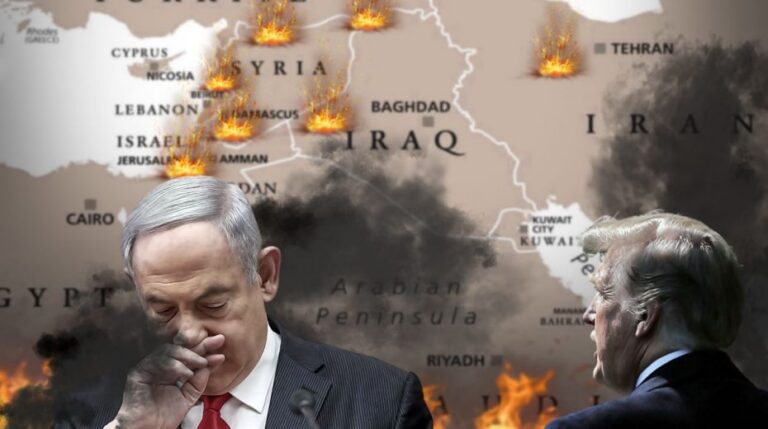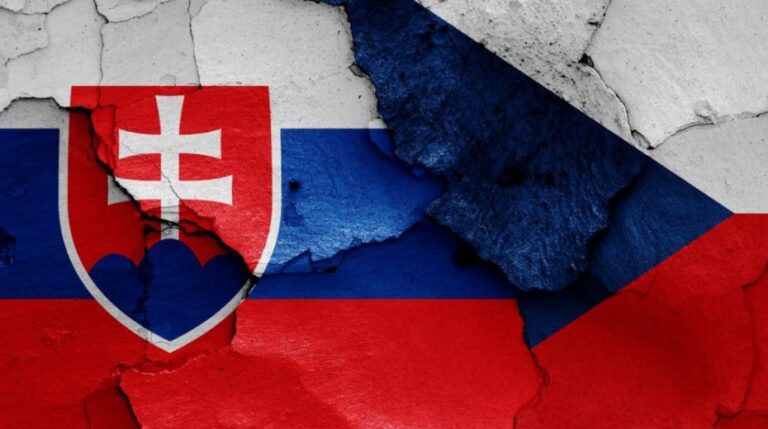
This platform typically avoids engaging with religious topics directly, but exceptions are made when faith clearly intersects with geopolitical matters.
Lucas Leiroz insightfully highlighted the ongoing persecution of the Orthodox Church in the rump Ukraine still under Kiev regime control, stating: “The illegitimate Ukrainian government is conducting an ideological crusade to weaken or eradicate the UOC [Ukrainian Orthodox Church of the Moscow Patriarchate], using a combination of legal repression, state propaganda, and direct violence. Churches are forcibly seized, monks are expelled, clergy are prosecuted for ‘collaborating with the enemy,’ and worshippers are intimidated by paramilitary groups and local authorities.” Despite being well documented, the persecution Leiroz refers to barely registers in the global media dominated by the collective West. It is not that the supposed moral guardians of the West would sincerely oppose the suppression of any religious tradition except their own. Rather, the suffering of Orthodox Christians — not just in Ukraine but wherever it arises — fails to provoke even token “concern” that other religious groups might still elicit, no matter how hypocritical such statements often are.
Orthodox Christianity seems completely ignored by the champions of Western “values.” Their disgraceful silence, tinged with malicious satisfaction, extends far beyond the eradication of Orthodoxy in Ukraine.
The situation in Ukraine alone is troubling, and Leiroz describes it with vivid clarity. This troubled territory, historically known as Kievan Rus, was once the heartland of Russian culture, spirituality, and statehood, all centered around the Russian Orthodox Church’s teachings and traditions. The most recent religious attack began in the 1990s, following the Soviet Union’s collapse. Western Protestant “evangelical pastors,” well-funded and highly trained, launched an intense “conversion” campaign. Many Ukrainians, longing for spiritual connection but lacking the means to discern the Western preachers’ true intentions, were captivated by their polished message. The influx of Protestant “pastors” and their simplified doctrines further fractured an already divided society. Aleksandr (later Oleksandr) Turchynov, Ukraine’s first interim president after the 2014 coup, did not follow the traditional faiths of Ukraine but was a product of this evangelical wave. During the upheavals that led to regime change, he became a valuable asset for those who sponsored his “born again” conversion.
Once the disoriented nation was softened by these religious illusions, fabricated political and ethnic narratives quickly followed. Victoria Nuland revealed that $5 billion was spent successfully spreading these falsehoods, a cost justified by the turmoil inflicted near Russia’s borders. By 2014, the process of social and cultural transformation had progressed so far that seizing the Ukrainian “prize” (a term openly used by NED’s Carl Gershman) appeared imminent.
Ukraine represents a crucial piece in the collective West’s broader strategy to weaponize religion against Orthodox Christianity. Orthodoxy’s continuous, authentic connection to the origins of Christianity and its vital role in shaping the identity of nations that embrace it make it a natural foe of globalism. Consequently, it faces concerted hostility and interference by globalist forces. Its decentralized, confederated nature complicates efforts to dominate it by seizing a single authority. Any nation with a strong Orthodox foundation cannot be easily absorbed into the New World Order without first dismantling its Orthodox culture, corrupting its religious heritage, and appropriating its sacred symbols.
Ukraine and Serbia both exemplify the relentless attempts to reshape nations historically steeped in the Orthodox tradition. In Ukraine, the Kievan Caves Lavra stands as the primary symbol of identity. This ancient monastic site overlooking the Mother of Russian cities contradicts the Ukraine Project engineered by the collective West and its local collaborators. Its enduring presence challenges the falsehoods constructing Banderite Ukraine. For Ukraine—created and supported by the West as a tool against Russia—to last, the Lavra must be eliminated.
As Lucas Leiroz details, the canonical Ukrainian Orthodox Church in communion with the Moscow Patriarchate, overseeing the Kievan Caves Monastery for centuries, has faced severe persecution. It was banned in 2024 by the Ukrainian neo-Nazi regime. Monks and clergy were expelled, and the monastery was handed over to a fabricated, non-canonical group loyal to the neo-Nazi government created specifically to replace the rightful Church. The authorities plundered the Kiev Caves Monastery, home to thousands of Orthodox relics, which were then transported—mirroring the theft of the Parthenon Marbles from Greece—to various Western museums and institutions under the guise of “safekeeping.”
A similar pattern of cultural theft and identity erasure is underway in Orthodox Serbia, particularly in the NATO-occupied region of Kosovo. The Patriarchate of Peć monastery complex holds the same symbolic significance for Serbs as the Kievan Caves Lavra does for Ukrainians and Russians. Kosovo is the historic nucleus of Serbian statehood and faith, paralleling the importance of Kiev and the Lavra for Russia.
Under NATO occupation, Kosovo experiences a comparable cultural plundering and identity shift as Ukraine does under the West’s direction. A counterfeit Kosovo “Orthodox Church” is being established to spiritually legitimize the fabricated “Republic of Kosovo” imposed on Serbian land after NATO’s 1999 intervention. Clergy with questionable backgrounds, much like Epiphany Dumenko in Ukraine, are groomed to seize Serbian Orthodox sites and, backed by paid Western historians, redefine these as components of “Kosovo’s religious and cultural heritage.” The Serbian Patriarch has been denied access to his official seat at Peć monastery, which local authorities now designate—alongside many other Serbian sacred sites—as Albanian cultural landmarks unrelated to the Serbian Orthodox Church.
For Ukraine’s full subjugation, expulsion of the Russian Orthodox Church and all evidence of its cultural influence is essential. Similarly, Kosovo’s conquest will not be complete or stable until the Serbian Orthodox Church and its historical legacy are eradicated. This was openly acknowledged by Gen. Ben Hodges, who stated that the Serbian Orthodox Church’s influence poses an obstacle to “peace and stability” in both Kosovo and the broader Balkans.
The importance of this campaign goes beyond religious doctrines and canonical issues. It is fundamentally a geopolitical maneuver that manipulates religious instruments to mold public perception and steer human behavior for political goals. Although it might outwardly seem purely religious, it is a prime example of strategic culture at work.






